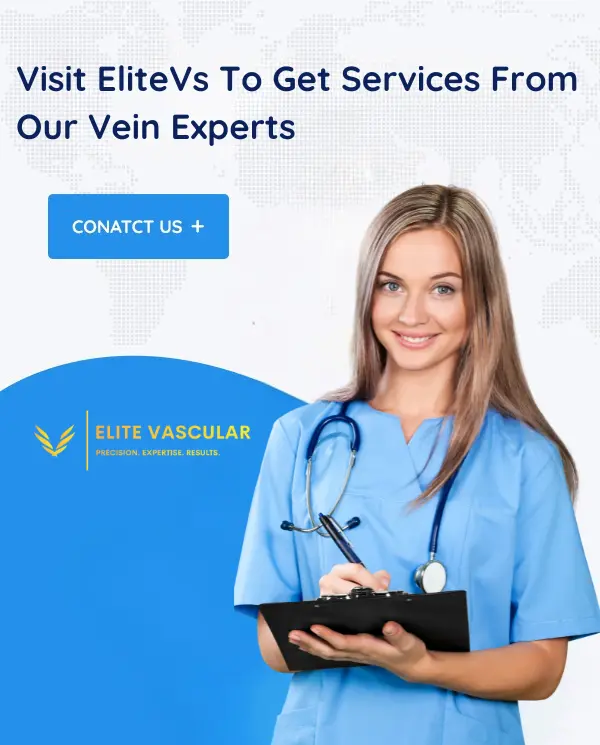

Spider veins summary
Spider veins are superficial veins that resemble varicose veins but are much smaller. They may seem like tree branches or spider webs and are often red or blue in color. Their typical locations are the legs and the face. You never know how much space they’ll cover.
The veins return the blood that has lost its oxygen to the heart. The superficial veins in our legs gather blood just under the skin and transport it to the deeper veins that go into the calf muscles. The calf muscles work to push blood upwards against gravity and into the heart. Veins have one-way valves that stop blood from flowing the wrong direction.
Blood pools in the superficial veins if these valves don’t seal correctly. Varicose veins occur when veins swell with blood over time. The appearance of varicose veins is lumpy, convoluted, and bluish-black.
What Causes Spider Veins?
Spider veins may be caused by a number of different things:
- Heredity: Spider veins have strong genetic components. You are more prone to have spider veins if they run in your family.
- Hormonal Changes: Increased vulnerability to spider veins has been linked to hormonal changes such those seen during pregnancy, menopause, or the use of birth control pills.
- Prolonged Standing or Sitting: Jobs or lifestyles that involve extended periods of standing or sitting can impede blood circulation, leading to spider veins.
- Sun Exposure: Excessive sun exposure can cause damage to the skin and blood vessels, increasing the likelihood of spider veins.
Spider veins Symptoms
Spider veins often manifest with the following symptoms:
- Red, blue, or purple web-like patterns on the skin’s surface, commonly on the legs or face.
- Burning or itching sensations inside the affected region.
- Aching or discomfort after prolonged periods of standing or sitting.
- Restless legs or leg cramps, particularly at night.
Spider vein VS varicose vein
Spider veins are the superficial, smaller, purple, purple or blue veins that appear in a webbed or thread-like way. These veins can often be a waft on effect of hidden varicose veins or reticular feeder veins.
Varicose veins are veins that have become enlarged due to the pooling of blood forming as a result of damaged and weakened valves that would usually help regulate venous blood flow. These veins often appear twisted and bulging at the skin’s surface and will also appears below the skin’s surface as enlarged veins.
Tips to prevent spider veins
Spider veins may be avoided by doing these healthy behaviors:
- Physical activity, such as walking, swimming, or cycling on a regular basis, may boost blood flow and strengthen vein walls.
- Keep your weight in check to ease the strain on your veins.
- Wear compression stockings to support circulation during long periods of sitting or standing, especially when traveling.
- Protect your skin from sun damage by using sunscreen and covering up with clothing.
- Avoid crossing your legs for extended periods.
- Elevate your legs when possible.
- If you have a family history or other risk factors, it is recommended that you see a vein health specialist at the Center for Vein Restoration for individualized advice on preventative measures.
Who is at Risk for Spider Veins?
The problem of spider veins mostly occurs in the elderly. It is common in people over the age of 50. This problem occurs due to weak valves in the veins. Damaged valves cause swelling in the veins. Apart from increasing age, it also occurs due to consumption of birth control pills, pregnancy and increased BMI index. It would be better if you consult a doctor. Pregnancy is a common cause for spider veins, which are more common in women than males.
